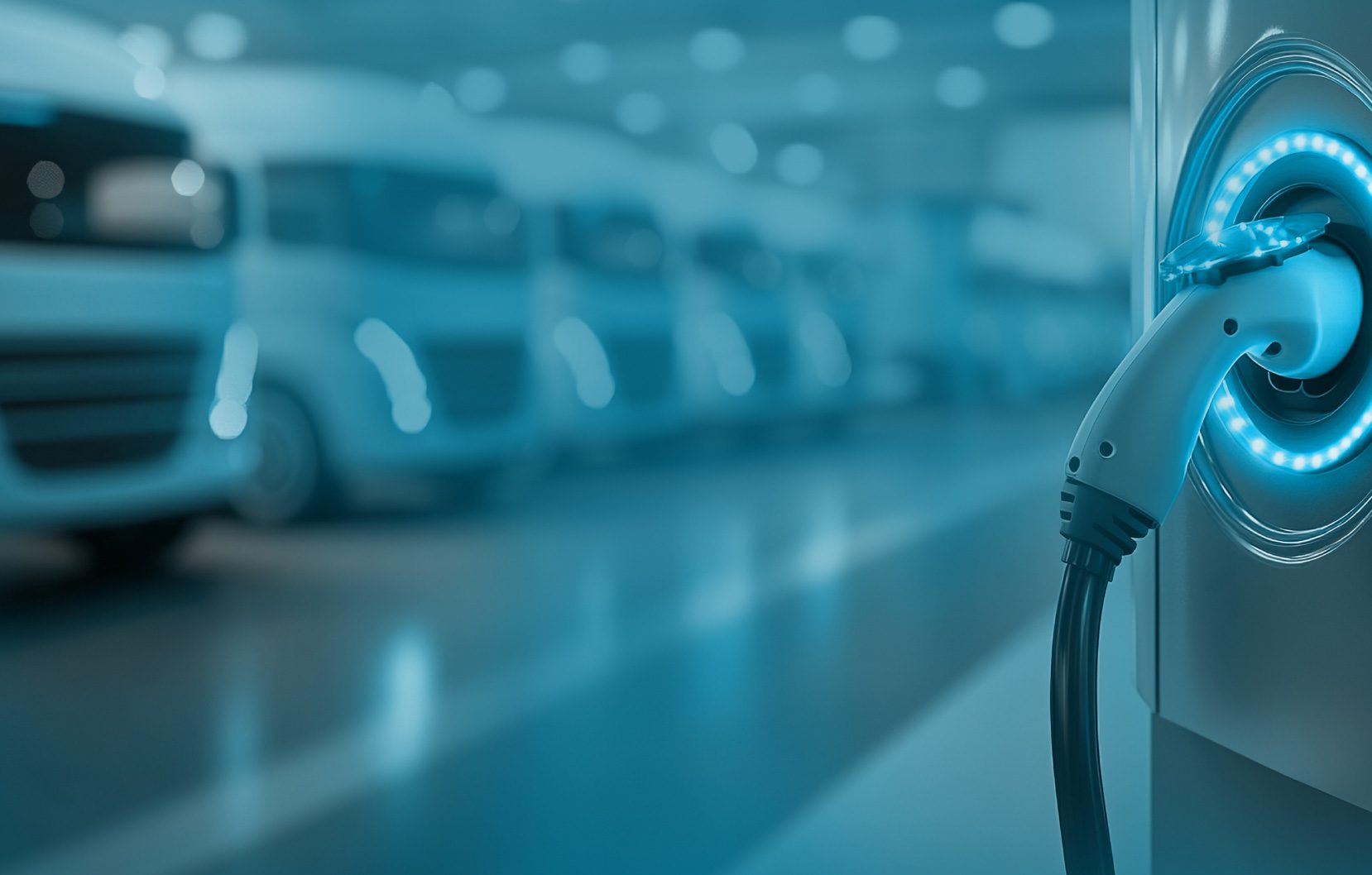A new report from the Electrification Coalition and Atlas Public Policy finds that 97 percent of buses and light-duty vehicles in the US federal fleet could be replaced by EVs by 2030 at a cost savings to taxpayers, and that up to 40 percent could be cost-effectively replaced by 2025.
The federal government is the single-largest vehicle fleet operator in the country, with 315,000 light-duty vehicles and buses, not including the Postal Service.
The new study, “Federal Fleet Electrification Assessment,” analyzes EVs’ total cost of ownership—purchase price, fuel and maintenance—relative to that of legacy ICE vehicles, and finds that EVs will deliver increasing cost savings over the next decade.
“Because of falling sticker prices and high fuel-cost savings, EVs are rapidly becoming the economic choice for federal agencies,” said report co-author Nick Nigro. “These fleets and the US Postal Service will realize considerable savings and cut greenhouse gas emissions by switching to EVs this decade.”

“USPS offers a uniquely strong case for vehicle electrification,” says the report. The USPS light-duty fleet includes 192,000 vehicles, which are especially well-suited to electrification because they have predictable routes and centralized depots. According to the study, by 2025, EVs will be less expensive than conventional vehicles for more than 99 percent of the USPS light-duty fleet, and electrification could save taxpayers some $2.9 billion. By 2030, that figure increases to nearly 100 percent, and the switch could save $4.6 billion.
This conclusion is especially frustrating in light of the fact that the USPS is currently planning to replace its fleet of fossil-fuel vehicles with a new generation of fossil-fuel vehicles (the supplier has said that 10% of these might be EVs). A group of House Democrats has challenged the decision, but looking at the bigger picture, electrification of a substantial portion of the USPS fleet now seems extremely unlikely for the foreseeable future.
“Electrification of our country’s transportation sector is critical to improving our economy, national security and public health,” said Electrification Coalition Executive Director Ben Prochazka. “The sheer scale of the federal fleet represents an enormous opportunity for progress on all these fronts. And because the federal fleet is such a heavyweight consumer in the vehicle market, electrifying the fleet would stimulate EV manufacturing and sales in the United States.”
Source: The Electrification Coalition









































































































